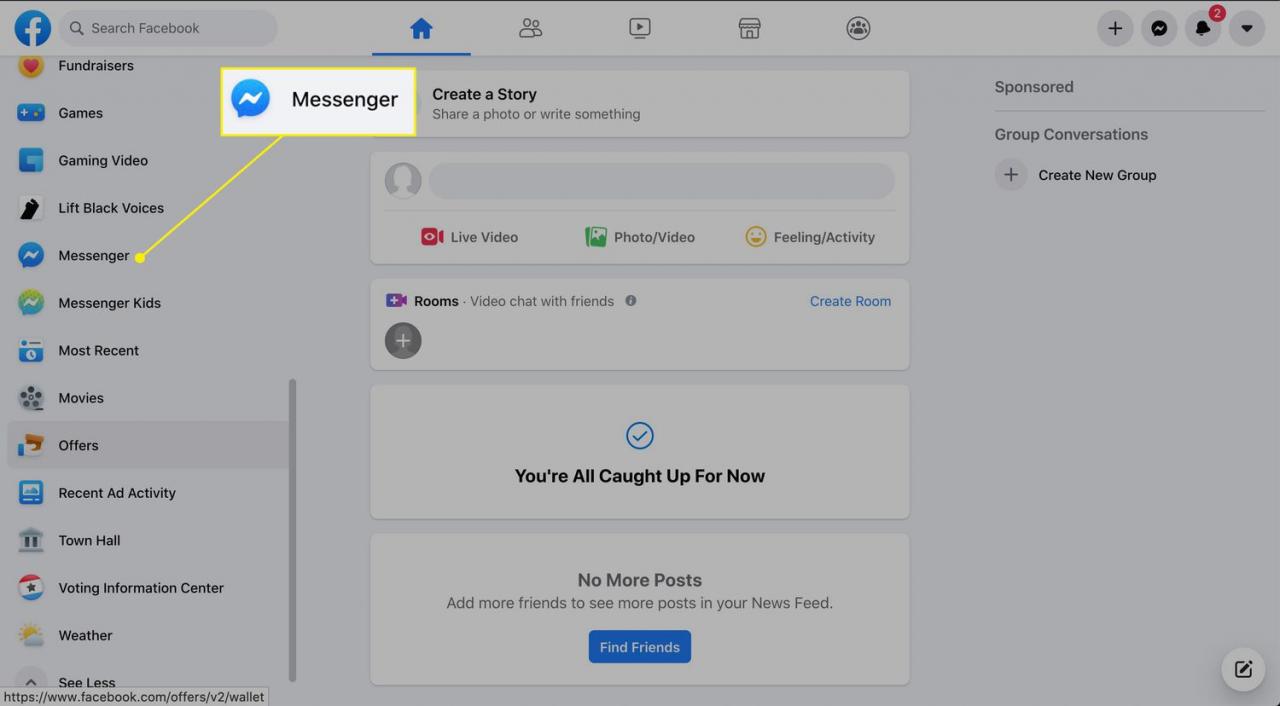
The ability to check out is one of the most powerful tools teachers and parents can provide trainees. Literacy is highly correlated with future financial and professional success.
Illiteracy, on the other hand, exacts a high rate. The National Center for Education Statistics notes that 43 percent of adults with the most affordable reading levels live in poverty, and according to the National Institute for Literacy, 70 percent of people on welfare have exceptionally low literacy. 72 percent of kids of parents with low literacy will themselves have low literacy, and are more likely to carry out poorly in school and drop out..
Early and primary education offers an essential opportunity to break this cycle of financial challenge. And while the mechanics of reading and writing are vital foundation, checking out comprehension allows trainees to move beyond decoding and into understanding and pleasure.
Comprehending Reading Comprehension.
The easiest way to explain reading understanding is to put a reader in the position of someone who is “understanding” letters and words instead of comprehending (attaching indicating to) them.
Try reading this:.
Fæder ure.
ðu ðe eart on heofenum.
si ðin nama gehalgod.
to-becume ðin rice.
geweorþe ðin willa on eorðan swa on heofenum.
Urne ge dæghwamlican hlaf syle us to-deag.
and forgyf us ure gyltas.
swa swa we forgifaþ urum gyltendum.
ane ne gelæde ðu us on costnunge.
air conditioning alys us of yfle.
Using your understanding base of phonetic sounds, you might be able to “read” the text, however you would not understand what you ‘d just read. You most definitely would not acknowledge it as The Lord’s Prayer.
What about the following sentence?
Fox grape grey shoe on land title base.
You may know each word and its meaning, but that doesn’t provide the sentence meaning.
Reading understanding involves three distinct elements: processing text (sounding out the syllables to translate the words), comprehending what read, and making connections between the text and what you currently understand.
Vocabulary Knowledge vs. Text Comprehension.
Vocabulary understanding and text understanding are 2 important elements of reading understanding. Vocabulary knowledge refers to comprehending individual words. If a reader doesn’t understand the words he reads, he won’t understand the text as a whole.
Since vocabulary understanding is vital to checking out comprehension, children should be exposed to an abundant vocabulary and must always be discovering brand-new words. Parents and teachers can assist by specifying possibly unfamiliar words that trainees will encounter in texts and mentor students to utilize contextual clues to understand the significance of brand-new words.
Text comprehension constructs on vocabulary understanding by permitting the reader to combine the meanings of the individual words to understand the overall text. If you’ve ever read a complex legal file, a challenging book, or the previous example of a nonsensical sentence, you can comprehend the relationship between vocabulary understanding and text comprehension. Comprehending the meaning of the majority of the words does not necessarily translate into comprehending the text as a whole.
Text comprehension relies on the reader making connections with what he’s reading.
Reading Comprehension Example.
The majority of standardized tests include sections that assess reading understanding. These assessments focus on identifying the main point of a passage, comprehending vocabulary in context, making inferences, and recognizing the author’s purpose.
A trainee might check out a passage such as the following about dolphins.
Dolphins are marine mammals (not fish) widely known for their intellect, gregarious nature, and acrobatic capabilities. Like other mammals, they are warm-blooded, offer birth to live young, feed their babies milk, and breathe air through their lungs.
A female dolphin is called a cow, a male is a bull, and the babies are calves. Dolphins are carnivores that eat marine life such as fish and squid. They have great eyesight and use this along with echolocation to move about in the ocean and locate and determine items around them.
Dolphins interact with clicks and whistles. They establish their own personal whistle, which is distinct from other dolphins’. Mother dolphins whistle to their children regularly after birth so that the calves find out to acknowledge their mom’s whistle.
After reading the passage, trainees are asked to address concerns based upon what they check out to demonstrate their understanding of the passage. Young students might be expected to understand from the text that dolphins are mammals that live in the ocean. They eat fish and interact with clicks and whistles.
Older students may be asked to apply information gleaned from the passage to facts they already understand. They might be asked to presume the meaning of the term predator from the text, recognize what dolphins and cattle share (being identified as a cow, bull, or calf) or how a dolphin’s whistle is similar to a human fingerprint (each stands out to the person).
Approaches of Assessing Reading Comprehension.
There are a number of ways to evaluate a trainee’s reading comprehension skills. One technique is to utilize an official assessment, like the example above, with checking out passages followed by questions about the passage.
Another approach is to utilize informal assessments. Ask students to tell you about what they read or retell the story or event in their own words. Put trainees in discussion groups and listen to what they have to state about the book, expecting areas of confusion and students who are not participating.
Ask trainees for a written action to the text, such as journaling, identifying their favorite scene, or noting the leading 3 to 5 realities they gained from the text.
Signs That a Student Is Not Able to Comprehend What He’s Reading.
One sign that a student is having problem with reading comprehension is trouble checking out aloud. If a student has a hard time to recognize or sound out words when he’s reading orally, he’s most likely experiencing the same struggles when reading quietly.
Weak vocabulary is another indication of poor reading understanding. This is because trainees who have problem with text understanding might have difficulting knowing and incorporating new vocabulary.
Lastly, poor spelling and weak composing abilities might be a signal that a student isn’t able to comprehend what he’s reading. Trouble spelling may indicate issues keeping in mind letter noises, which implies that the student is most likely also having difficulty processing text.
How to Teach Effective Reading Comprehension.
It may seem as though checking out comprehension skills develop naturally, but that’s because trainees slowly begin to internalize the methods. Reliable reading understanding skills must be taught, however it’s easy to do.
As you’re reading, ask students to summarize what they’ve read so far or predict what they think will take place next. After reading, ask trainees to sum up the story, identify the primary concept, or highlight the most important realities or events.
Next, help children make connections between what they’ve read and their experiences. Ask them what they would have done if they had actually been in the primary character’s circumstance or if they’ve had a similar experience.
Consider checking out challenging texts aloud. Ideally, trainees will have their own copy of the book so that they can follow along. Checking out aloud designs great reading methods and enables trainees to hear brand-new vocabulary in context without disrupting the circulation of the story.
How Students Can Improve Reading Comprehension Skills.
Assist trainees select books about topics that intrigue them and motivate them to check out at least 20 minutes each day. Doing so can help trainees focus on what they’re checking out, rather than on deciphering more difficult text, and improve their confidence.
Next, motivate trainees to stop occasionally and summarize what they’ve read, either mentally or aloud with a reading pal. They may want to make notes or use a graphic organizer to tape their ideas.
Remind students to get a summary of what they’ll read by first reading chapter titles and subheadings. Conversely, trainees can likewise take advantage of skimming over the product after they’ve read it.
Trainees ought to also take steps to enhance their vocabulary. One way to do so without interrupting the circulation of reading is to jot down unfamiliar words and look them up after they’ve finished their reading time.













